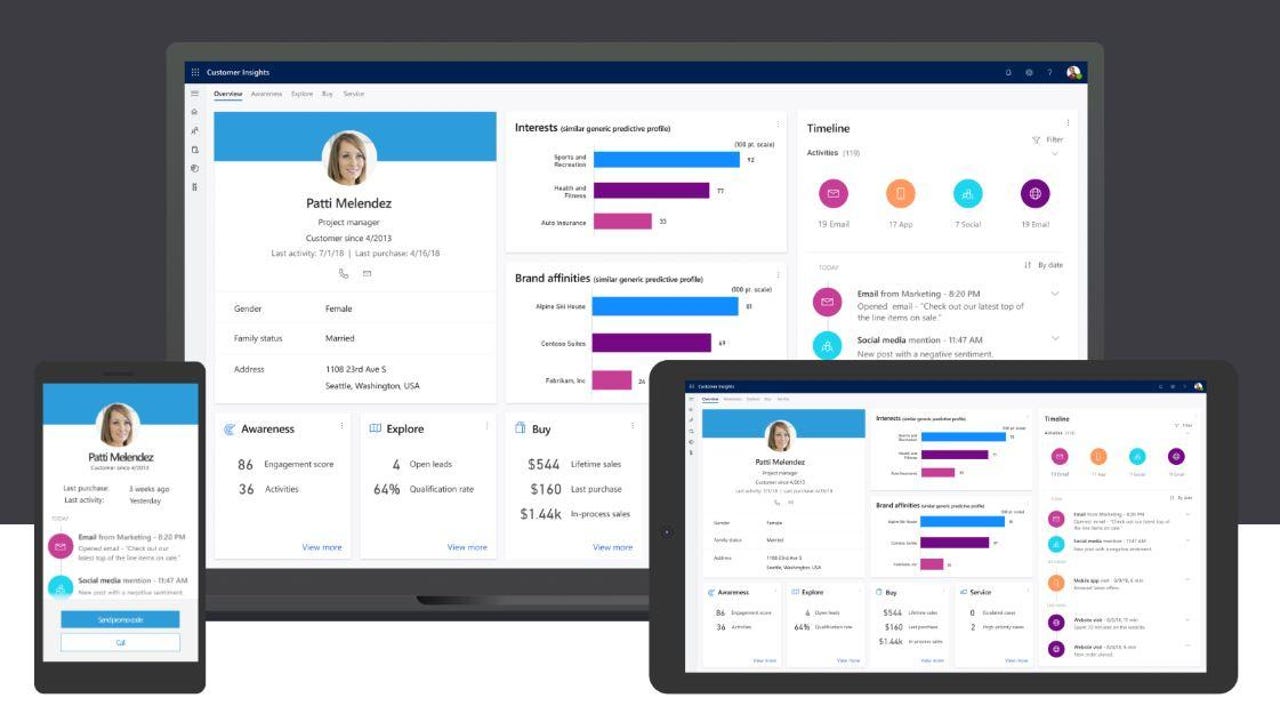Microsoft outlines its next wave of Dynamics 365, Power Platform features


Featured
Microsoft has released initial information about some of the main features it is planning to add to its Dynamics 365 CRM and ERP, as well as its Power Platform, in the first part of 2020. Microsoft officials said there will be "hundreds" of new features in this Wave 1 set of updates, most of which should be ready for production between April and September this year.
Microsoft's January 27 blog post about the Wave 1 features breaks them out for its Dynamics 365 applications: Marketing, Sales, Customer Service, Field Service, Finance, Supply Chain Management, Finance and Operations (cross-app capabilities), Human Resources, Commerce and Business Central. Microsoft has created a separate section in its documentation for each of these Wave 1 2020 groups. The single downloadable PDF for the Wave 1 2020 Dynamics 365 features is not going to be available until January 31, however.
Most of the updates and new Dynamics 365 features Microsoft is announcing today look like they'll be available for early access by customers starting in February 2020 and generally available by April 2020. (Microsoft lately has been adding more new features to its Dynamics 365 roadmap a couple of months after its initial disclosure. These features may not roll out until closer to September 2020.)
Dynamics 365 Marketing is getting a number of new email message and Excel data-export capabilities, along with integration with third-party content management systems and Microsoft Forms Pro. Sales Insights is getting deeper conversation analysis and emotion detection. Customer Insights users will get richer integration with Power Virtual Agents.
Microsoft is adding new incident type AI-based suggestions and IoT alert AI-based suggestions to its Field Service offering, according to its documentation. Microsoft also will be adding support for data in its Common Data Service (phase 1 and 2, the documentation specifies) as part of its Finance and Operations cross-app feature set for Wave 1 2020.
Finance and Human Resources are getting a number of seemingly incremental updates.. (I don't see any mention in the online documentation about Microsoft's plans to phase out Talent Attract and Onboard applications in favor of LinkedIn Talent Hub.) Microsoft already announced planned additions to its Commerce line-up at NRF earlier this month.
Microsoft is breaking out "industry accelerators" as a separate section in its Wave 1 documentation. Accelerators are like blueprints for vertical industries. The accelerators listed in the release plan are for nonprofits; financial services; health; and automotive.
Microsoft is making a number of new features for its low-code/no-code Power Platform, in early access form starting February 3. (To see the full list, users need to click on the individual Power Apps, Power Automate and Power BI sections in the online documentation, as a comprehensive downloadable PDF for Wave 1 2020 Power Platform features isn't available until January 31.)
Power Automate, the product formerly known as Flow, is getting productivity enhancements connected to Teams; Azure integration; the ability to build AI-infused workflows; and a number of UI automation capabilities for apps and web sites.